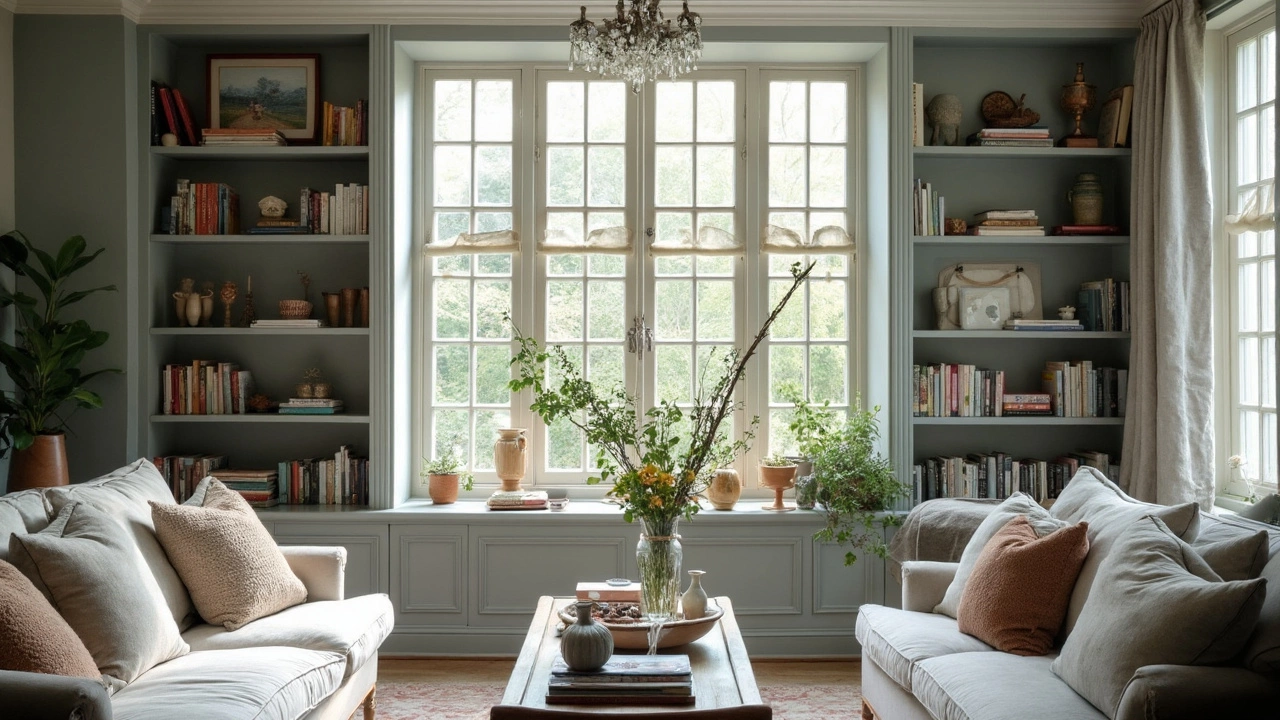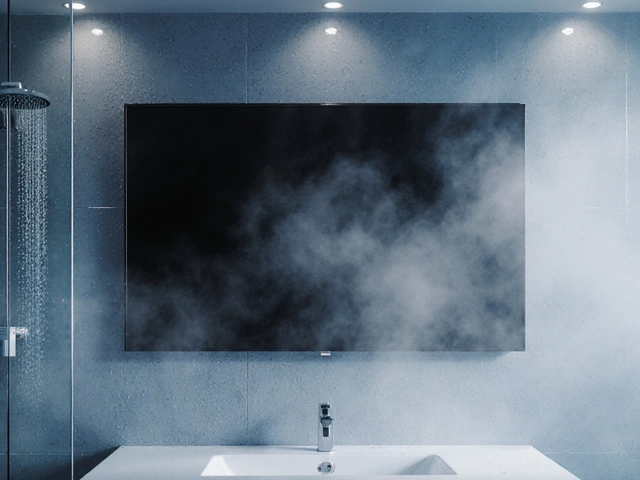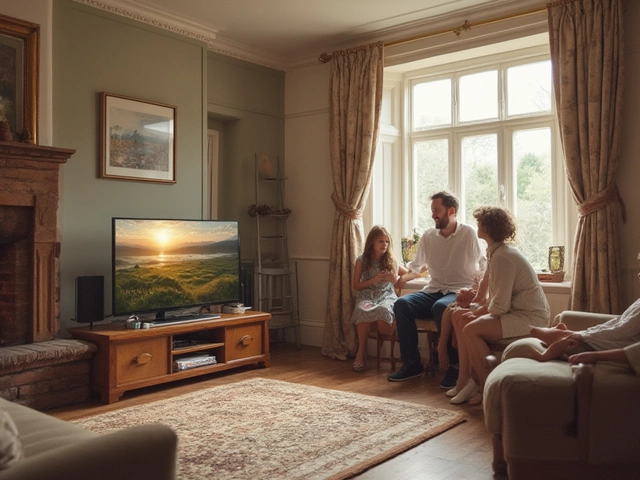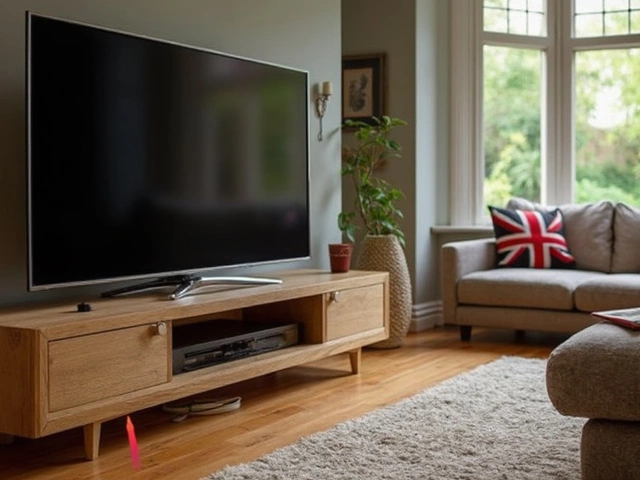You know that feeling when you walk into a room and something about it just clicks? Nine times out of ten, it’s all about balance—especially with stuff like bookcases. So, what’s the big deal with the golden rule? It’s basically making sure your shelves aren’t too crowded or too empty, but instead feel easy on the eyes.
Let’s face it: A bookcase overloaded with books with no breathing space makes you want to look away. On the flip side, a couple of lonely vases and books randomly tossed on the shelves? That just looks sad. The key is finding a middle ground where your shelves actually feel inviting.
Start by thinking in thirds. Fill about one-third of a shelf with books standing up, another third with a mix of decor or stacked books, and keep the last third open. This simple trick gives your eye a place to rest so your room feels calm, not chaotic.
- What Is the Golden Rule in Interior Design?
- Why Bookcase Balance Matters
- Tips for Perfectly Styled Bookcases
- Common Bookcase Mistakes to Avoid
What Is the Golden Rule in Interior Design?
The golden rule in interior design is all about balance. Designers use it to make sure spaces look and feel right—not too busy, not too empty. When it comes to bookcases, this rule really comes into play. If you just pile stuff onto shelves without thinking, the whole room can feel off.
Most pros talk about the "rule of thirds." It actually comes from art, but it works perfectly for arranging shelves. The idea is to mentally divide your bookcase into three parts and not let any one area steal the show or feel ignored. This technique helps guide your eye across the shelf so nothing feels awkward or out of place.
Here's why the rule of thirds matters for home decor, especially those shelves your guests can't help but look at:
- It stops your bookcase from looking like a clutter magnet or a random display case.
- It creates rhythm, so your eyes can actually rest instead of darting around.
- It gives you permission to mix things up—like adding photos, plants, or even a quirky object next to your favorite books.
I used to think my shelves had to be packed with books edge-to-edge. Then I started following the golden rule. Suddenly, my bookcases felt fresh. Fewer items, better spaced, and more personality—way easier on the eyes, even when my daughter, Brielle, adds her dozen rainbow unicorns to the mix.
Designers don’t just do this for looks. Studies in environmental psychology show that balanced spaces can actually lower stress and make you want to stay in a room longer. So, if you want your bookcase to do more than just hold books, give the golden rule a shot. It’ll look better, and your space will actually feel better too.
Why Bookcase Balance Matters
A well-balanced bookcase is way more than just good looks. When your bookcases are balanced, the whole room feels put together and comfortable. Ever heard of the saying, “Your home should tell the story of who you are”? That starts with how you organize, especially your shelves.
Research from the National Association of Home Builders points out that organized, visually balanced shelves are one of the top ways people judge whether a space feels inviting or overwhelming. If your bookcases look like a tossed salad of knick-knacks and novels, it can seriously mess with the vibe of your space.
“A thoughtfully balanced bookshelf can act as a visual anchor in a room and convince the eye that the entire space is harmonious,” says Emily Henderson, interior stylist and bestselling author.
Too much clutter—or not enough—throws off the flow. Why does that matter? Our brains are wired to like symmetry and rhythm. If you crowd every shelf with books, it’ll look like you never got around to finishing the job. But if the shelves are mostly empty, the room looks cold and unwelcoming. There’s a sweet spot right in the middle that’s just right for comfort and style.
Here’s a quick comparison of what balanced and unbalanced bookcases look like:
| Balanced Bookcase | Unbalanced Bookcase |
|---|---|
| Mix of book heights and decor | All books the same size or scattered items |
| Open spaces between groups | Shelves crammed with objects |
| Repeating patterns or colors | No pattern, random arrangement |
| Books, decor, and photos mixed | Mostly just books or only decor |
Balanced bookcases actually save you time, too. When you know where things go, it’s easier to put stuff away—so cleaning up after your kids (or yourself) gets way less annoying. Trust me, my daughter Brielle can fill a shelf with Legos faster than I can say, “Where do these go?” Having a system helps keep everyone sane.
Bottom line: Balance your bookcase, and you’ll have a space that looks good and just feels better. It’s not magic, just a little strategy and some smart choices.
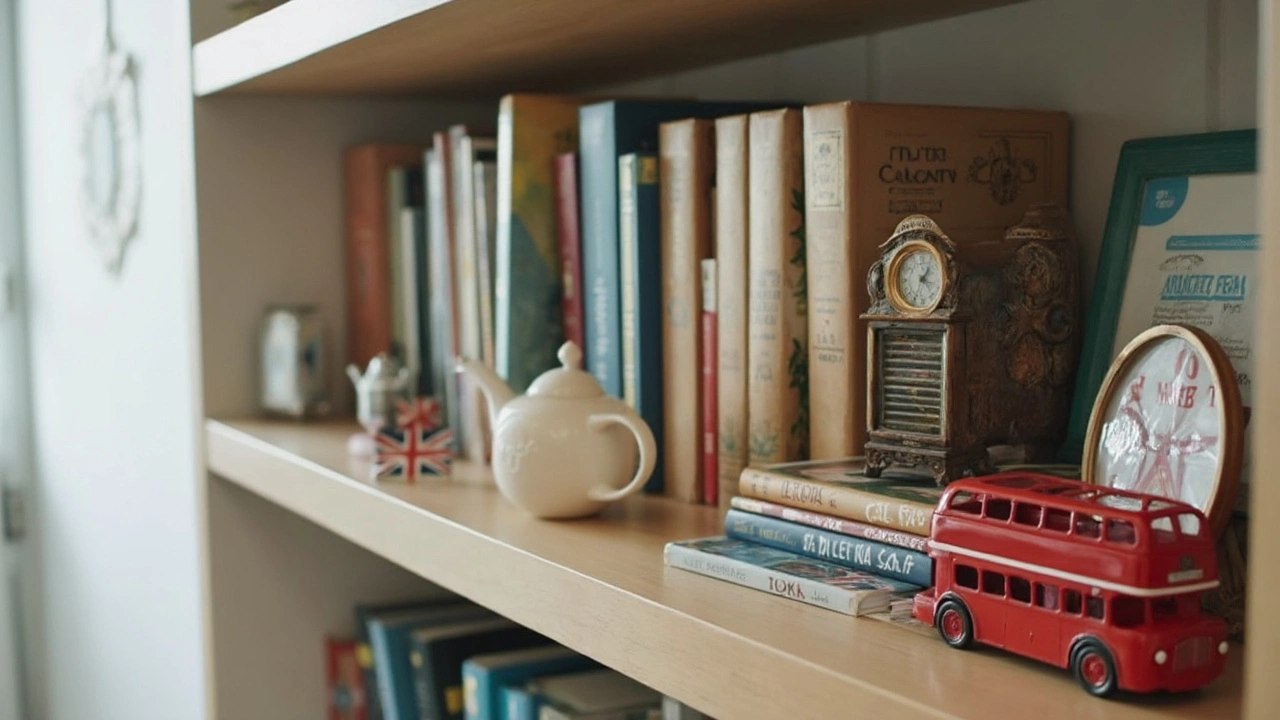
Tips for Perfectly Styled Bookcases
There’s more to bookcases than cramming shelves with random stuff. If you want a bookcase to look like it belongs in a home decor magazine—but still work for your daily life—here are a few solid tips to get you there.
- Group by size and color. Mixing different sizes works, but don’t go full chaos. Line up books from largest to smallest on each shelf, or arrange by color if you want a really pulled-together vibe. This instantly cuts down on the visual clutter.
- Mix in decor. Break up your rows of books with simple objects like framed photos, plants, or a small sculpture. A good breakdown: 60% books, 40% personal items. Got a favorite Lego build your kid made? Give it a spot—it’ll make the space yours.
- Stack some books horizontally. Don’t go vertical with every single book. Lay a few books flat, and stack three to five. These stacks can double as platforms for candles, greenery, or a bowl of keys if your bookshelf is near the entry.
- Leave empty space. Seriously, don’t fill every inch. Big designers say at least 10–15% of the shelf should stay clear. This makes everything feel more relaxed and easier to dust—always a win if you have kids around like my daughter Brielle, who sees shelves as a playground.
- Vary heights. Put taller items next to shorter ones. It leads your eyes around and keeps things interesting. A tall plant alongside a picture frame and a few paperbacks looks way more thoughtful than a flat line of spines.
Did you know that according to a 2023 interior survey, over 75% of people feel more relaxed in rooms where the shelves have some open spots and a mix of heights? It’s not just about looks—it actually sets the mood. Here’s a quick cheat sheet to keep things balanced:
| Element | Recommended Amount |
|---|---|
| Books | 50–60% |
| Decor Objects | 30–40% |
| Open Space | 10–15% |
One more practical tip: step back every few minutes and look at your bookcase from across the room. It’s easier to spot what feels off or what needs some tweaking. With these steps, your bookcase does more than just hold stuff—it adds real style to your whole space.
Common Bookcase Mistakes to Avoid
Getting your bookcases right is way easier when you know what not to do. Most people think just tossing stuff on a shelf will cut it, but there are some classic slip-ups everyone falls for.
- Overcrowding the shelves: One of the most common problems. When you try to fit every book, photo, or souvenir you own, the whole thing just ends up looking messy. Try to leave at least 20-30% of open space on each shelf for a balanced feel.
- No sense of order: Mismatched sizes, mixed-up colors, and items leaning every which way create a scattered vibe. Stack similar-sized books together, and keep decor grouped by color or type for a put-together look.
- Ignoring function: It’s easy to forget your bookcase should actually be useful. Shelves crammed with breakables and random decor aren’t practical, especially if you have kids or pets around. Prioritize items you reach for, then add extras after.
- Heavy stuff on top: Putting big or heavy items way up high throws off balance, and honestly, it feels risky. Stick the heavier books and bins down low, where they anchor your shelves and keep things stable.
- Not mixing textures: Shelves filled with only books can look a little one-note. Try adding plants, baskets, or framed photos so your interior design looks fresh and layered.
Just to give you an idea, check out how shelf spacing can change the look of a room:
| Shelf Spacing | Room Feel |
|---|---|
| Overcrowded (90%+ filled) | Cluttered, stressful |
| Balanced (70-80% filled) | Relaxed, inviting |
| Under-filled (50% or less filled) | Bare, unfinished |
So if you’re ever standing back and your bookcase just feels "off,” chances are you’ve hit one of these roadblocks. Tweak your setup, and your shelves will start looking like they belong in a magazine.
